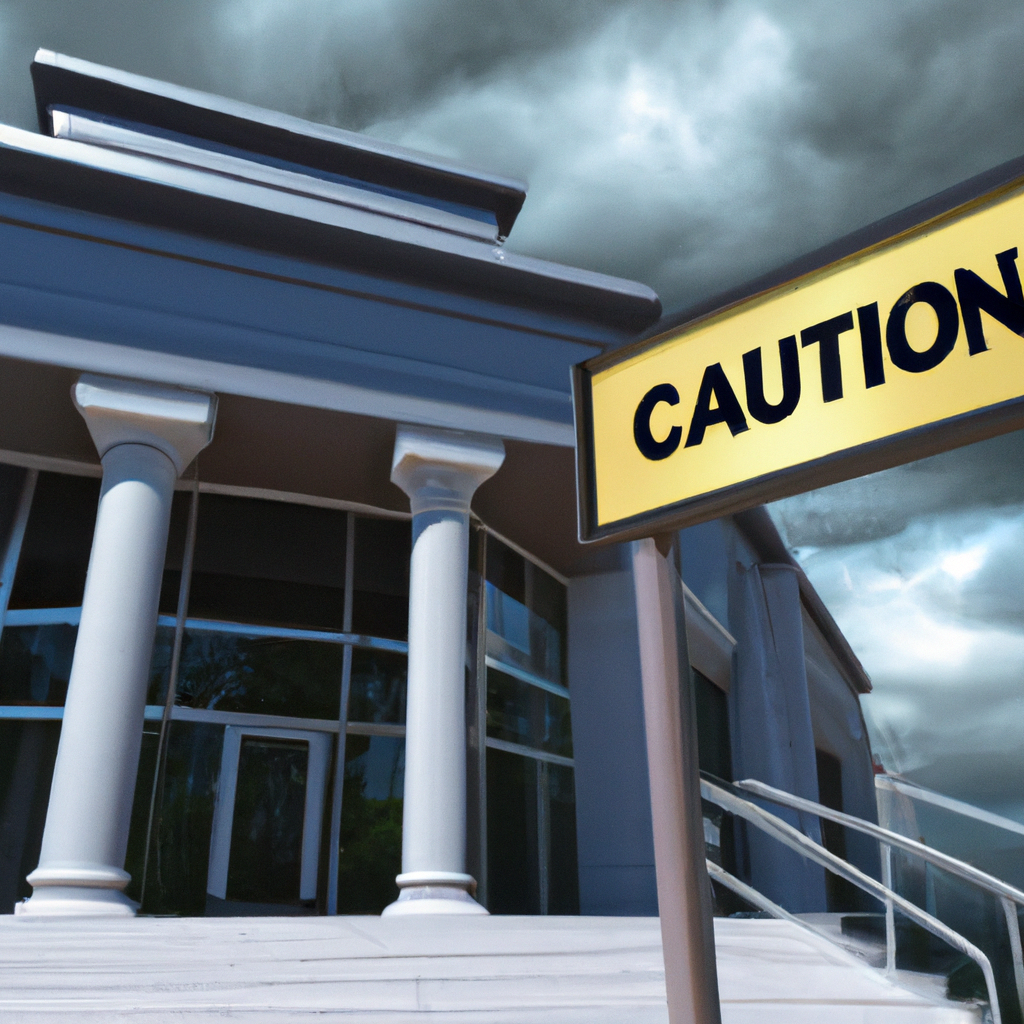As interest rates reach their highest levels in over 20 years and inflation continues to burden consumers, major banks are bracing for increased risks associated with their lending practices.
Berkshire Hathaway currently holds $234.6 billion in U.S. Treasury bills, surpassing the Federal Reserve’s holdings.
During the second quarter, JPMorgan Chase, Bank of America, Citigroup, and Wells Fargo elevated their provisions for credit losses compared to the previous quarter. These provisions represent funds that financial institutions set aside to manage potential credit risk, including delinquent debts and lending, especially in commercial real estate (CRE).
JPMorgan allocated $3.05 billion for credit losses in the second quarter, while Bank of America set aside $1.5 billion. Citigroup reported an allowance for credit losses of $21.8 billion, more than tripling its reserves from the prior quarter. Wells Fargo recorded provisions of $1.24 billion.
These increased reserves indicate that banks are preparing for a challenging lending environment, where both secured and unsecured loans could produce larger losses. An analysis by the New York Fed has revealed that U.S. households collectively owe $17.7 trillion across various consumer loans, student loans, and mortgages.
Additionally, credit card issuance and delinquency rates are climbing as consumers exhaust their pandemic savings and increasingly depend on credit. Credit card balances hit $1.02 trillion in the first quarter of this year, marking the second consecutive quarter where total balances exceeded a trillion dollars, according to TransUnion. The CRE sector also continues to face uncertainties.
Brian Mulberry, a portfolio manager at Zacks Investment Management, noted that the financial outlook for banks and consumers is still influenced by the stimulus measures enacted during the pandemic.
Challenges for banks may materialize in the coming months. Mark Narron, a senior director at Fitch Ratings, explained that current provisions may not accurately reflect recent credit quality but instead capture banks’ expectations for the future.
He added that the transition from traditional provisioning models, which responded to rising delinquency rates, to a framework more reliant on macroeconomic forecasts has been noteworthy.
Banks anticipate slowing economic growth, a higher unemployment rate, and the possibility of two interest rate cuts later this year, which could lead to increased delinquencies and defaults as 2023 comes to a close.
Citi’s CFO Mark Mason observed that warning signs are predominantly among lower-income consumers, whose savings have diminished since the pandemic began. He highlighted that only the highest income quartile has managed to increase their savings compared to 2019 levels, with those scoring above 740 on FICO ratings largely driving spending growth and maintaining good payment rates. In contrast, lower FICO consumers are experiencing declines in payment rates and increasingly relying on credit due to the effects of inflation and rising interest rates.
The Federal Reserve has maintained interest rates in the 5.25-5.5% range, a 23-year high, holding off on anticipated rate cuts until inflation stabilizes around its target of 2%.
While banks are preparing for a potential uptick in defaults in the second half of the year, Mulberry indicates that defaults have not yet escalated to a level indicating a consumer crisis. He is particularly monitoring the disparity between homeowners, who locked in low fixed mortgage rates, and renters who missed out during that period.
Despite increased rates, homeowners remain largely unaffected as they’re shielded from recent fluctuations, unlike renters facing a national rent increase of over 30% since 2019 and grocery costs rising by 25% during the same timeframe, resulting in pressure on their budgets.
For now, the latest earnings reports reflect that there are no new concerns regarding asset quality in the banking sector. Strong revenues, profits, and resilient net interest income suggest a healthy banking system.
Narron stated, “There’s some strength in the banking sector that is reassuring, indicating the financial system remains robust, though ongoing attention is needed as interest rates persist at high levels, adding pressure.”
